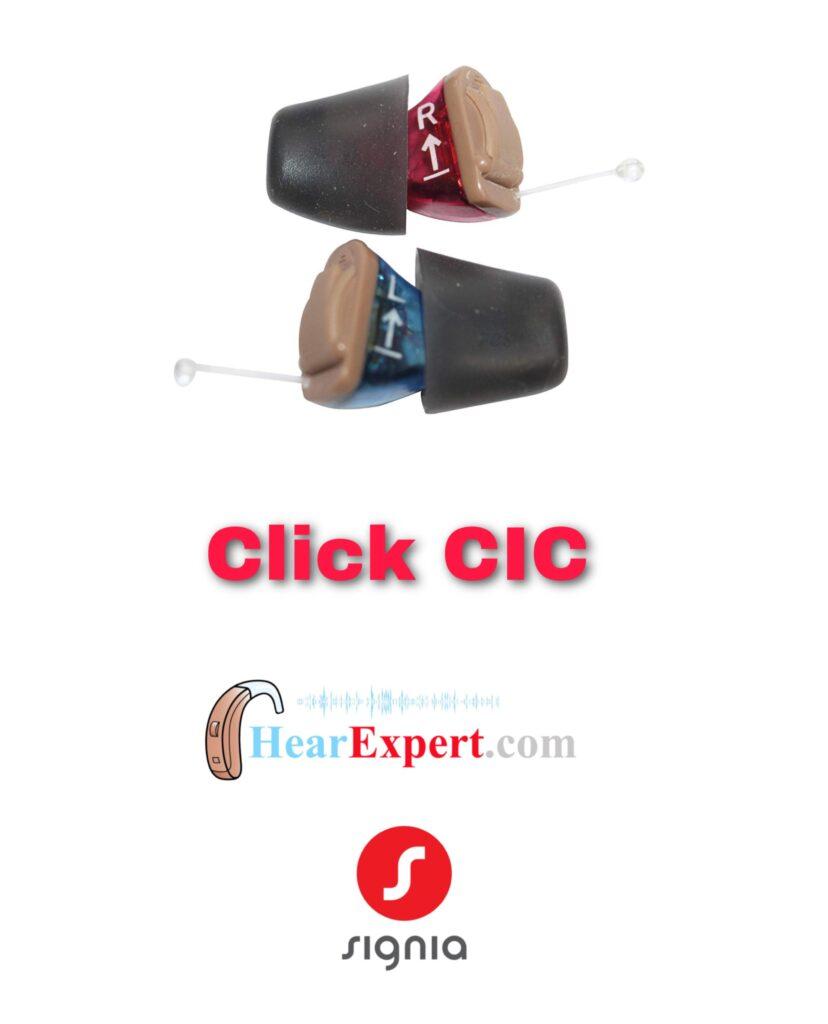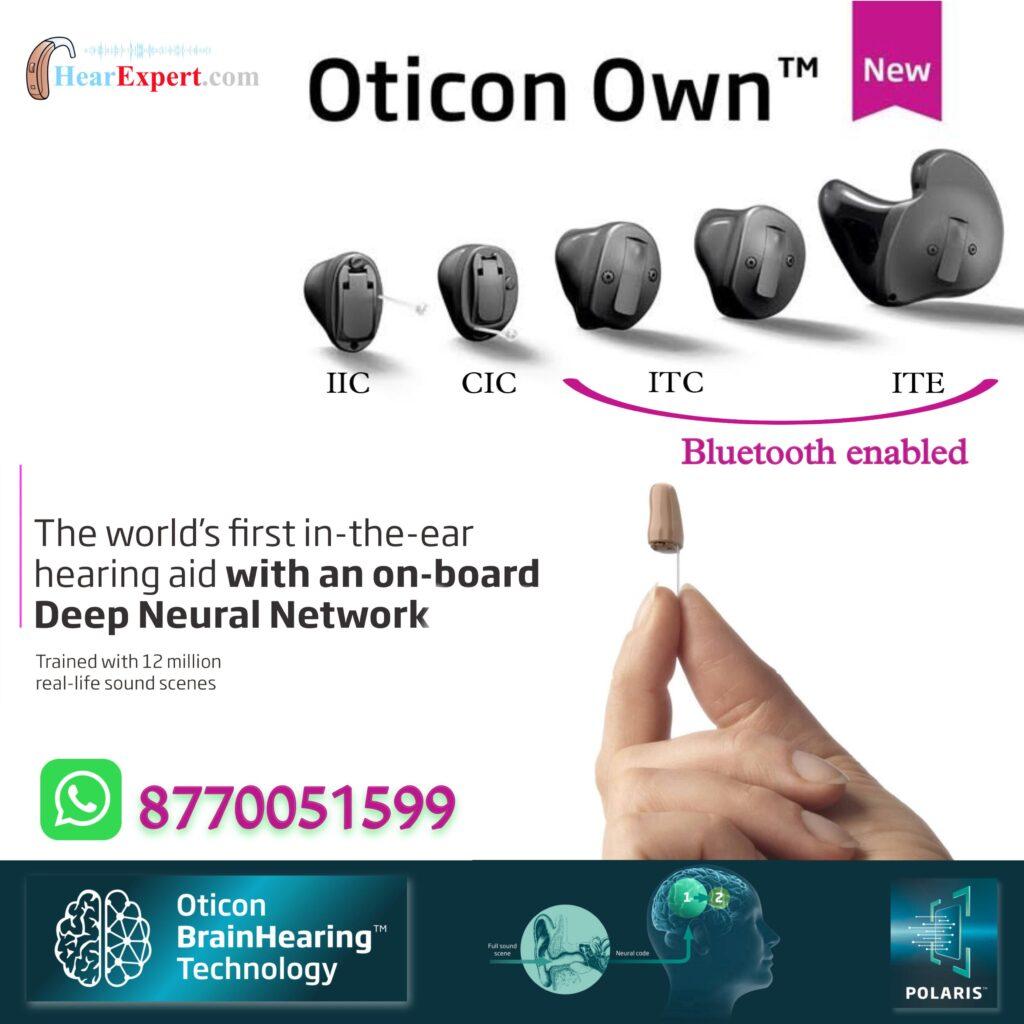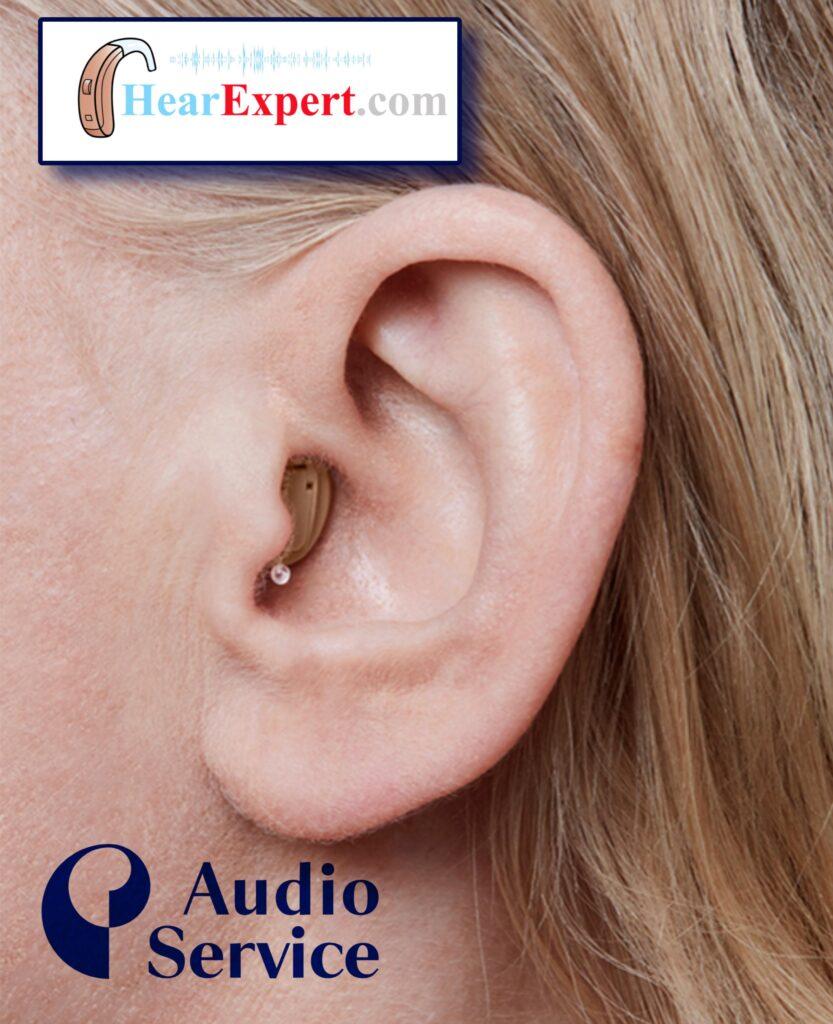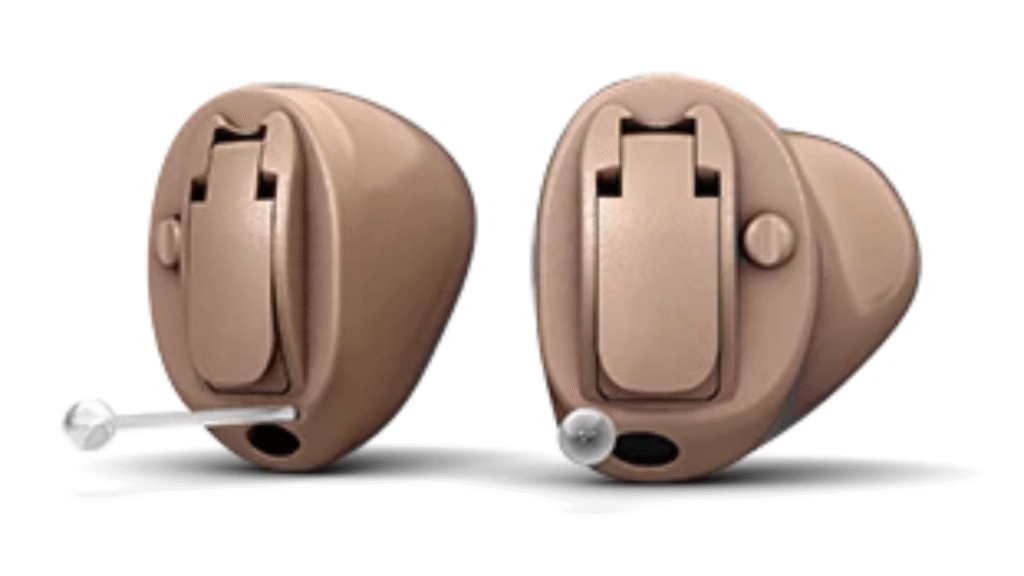Hearing loss affects millions of people worldwide, creating challenges in communication, social connection, and overall quality of life. Despite these impacts, many people delay seeking help due to concerns about how hearing aids might look or function. Modern hearing technology has evolved dramatically in recent years, with Completely-In-Canal (CIC) Hearing Aids now offering solutions that address both hearing needs and cosmetic concerns. These discrete devices sit almost entirely within the ear canal, remaining nearly invisible while delivering impressive sound quality.

Understanding CIC Hearing Aids
Completely-In-Canal hearing aids represent an innovative approach to hearing assistance. These custom-made devices fit snugly within the ear canal, with only a tiny removal handle visible in the outer portion of the ear. This placement makes them nearly invisible to others while allowing users to benefit from improved hearing in various environments.
CIC devices differ from both larger behind-the-ear models and the even smaller invisible-in-canal (IIC) options. While behind-the-ear aids are more visible but often more powerful, CIC devices balance discreteness with functionality. Their slightly larger size compared to IIC models allows for additional features and easier handling while maintaining a very low profile.
The custom nature of these devices ensures comfort and performance. Each CIC hearing aid is created based on an impression of the individual’s ear canal, resulting in a perfect fit that stays secure during daily activities. This custom fit also helps deliver sound more effectively to the eardrum.
Also Read Choosing CIC Hearing Aids: Key Factors to Consider
The Technology Inside CIC Devices
Despite their small size, modern CIC hearing aids pack impressive technology into their tiny shells. Digital sound processing allows these devices to analyze incoming sounds and adjust amplification based on the listening environment. This means they can automatically reduce background noise in crowded restaurants or enhance speech sounds during conversations.
Many CIC models include directional microphones that focus on sounds coming from in front of the wearer while reducing sounds from behind. This feature proves particularly valuable in noisy settings where focusing on a specific speaker becomes challenging with untreated hearing loss.
Feedback cancellation technology prevents the whistling sounds that plagued older hearing aid models. This advancement allows for more natural sound amplification without the annoying squeals that made many people reluctant to wear hearing aids in the past.
Some newer CIC models even incorporate wireless capabilities, allowing users to stream audio directly from smartphones or connect to assistive listening systems in public spaces. This technology continues to improve, with Hear Expert professionals noting that each generation of devices offers better connectivity despite their small size.

Benefits of Choosing CIC Hearing Aids
Sound quality represents another significant benefit. The placement of CIC aids deep within the ear canal takes advantage of the ear’s natural shape to collect sound, often resulting in more natural sound quality. The outer ear (pinna) still captures sound waves as nature intended, helping maintain directional hearing abilities.
CIC devices offer protection from wind noise that often affects larger hearing aids. Their recessed position within the ear canal shields the microphone from direct wind contact, creating a more comfortable listening experience in outdoor settings.
Telephone use becomes easier with CIC models. Unlike some larger hearing aids that may cause feedback when held against a phone, CIC devices remain deep enough in the ear canal to avoid this issue. Many users find they can use phones normally without special settings or accessories.
Who Benefits Most from CIC Technology
While CIC hearing aids offer many advantages, they work best for specific types of hearing loss and user preferences. These devices typically benefit people with mild to moderate hearing loss across various frequencies. Those with more severe hearing loss might require larger devices that can accommodate more powerful components.
Ear canal size and shape influence candidacy for CIC devices. Since these aids fit entirely within the ear canal, people with very narrow or irregularly shaped canals might not be suitable candidates. A hearing professional can examine the ear and determine if the canal provides sufficient space for comfortable CIC use.
Active lifestyles often pair well with CIC hearing aids. Their secure positioning within the ear canal makes them unlikely to dislodge during physical activities. However, heavy perspiration or frequent water exposure might make other styles more practical for some very active individuals.

The Fitting Process
Getting properly fitted for CIC hearing aids involves several essential steps. The process begins with a comprehensive hearing evaluation to assess the type and degree of hearing loss. This assessment helps audiologists determine if CIC technology will adequately address your specific hearing needs.
Next comes the ear impression, where the audiologist creates a precise mold of your ear canal. This critical step ensures your custom devices will fit comfortably and function optimally. The impression captures the exact dimensions and contours of your ear canal, allowing for the creation of personalized devices.
After your custom hearing aids are manufactured, you’ll attend a fitting appointment where the audiologist will insert the devices, make programming adjustments, and provide training on proper insertion and removal techniques. This education proves essential for achieving the best performance and comfort with your new CIC devices.
Living with CIC Hearing Aids
Daily maintenance keeps CIC devices functioning their best. Since these hearing aids sit in the ear canal, they’re exposed to earwax and moisture, which can affect performance if not managed properly. Regular cleaning with the tools provided by your audiologist helps prevent wax buildup that could block sound transmission.
Battery management requires attention with CIC devices. Their small size means they typically use smaller batteries with shorter lifespans than larger hearing aids. Most users develop a routine for checking battery levels and keeping spares available to prevent unexpected power loss during important activities.
Many residents who use Hearing Aids In Durg have discovered that proper care extends the lifespan of their CIC devices. Local hearing care professionals provide guidance on maintenance practices specific to the regional climate and conditions, ensuring optimal performance year-round
Adjusting to the sound of CIC hearing aids takes time for most users. The brain needs to relearn how to process sounds that may not have been heard clearly for years. Most people experience a gradual adjustment period during which sounds become increasingly natural and comfortable.
Limitations to Consider
While CIC technology offers many benefits, understanding its limitations helps set realistic expectations. Battery life tends to be shorter in these compact devices compared to larger models. Most CIC hearing aids use size 10 or occasionally size 312 batteries that typically last 5-10 days, requiring more frequent changes than larger hearing aids.
Advanced features may be limited in some CIC models. The small size restricts space for additional technology, though advancements continue to pack more capabilities into these tiny devices. Some features like multiple microphones or extensive wireless connectivity might require slightly larger hearing aid styles.
Earwax management becomes particularly important with CIC devices. Since they sit deep in the ear canal, they’re more vulnerable to wax blockage that can affect sound quality. Regular cleaning and professional maintenance help prevent these issues.
The Future of CIC Technology
Hearing aid technology continues advancing rapidly, with CIC devices benefiting from ongoing research and development. Battery technology improvements are extending usage time between changes, with some newer models offering improved efficiency that lengthens battery life despite the small size.
Artificial intelligence integration represents an exciting frontier in hearing technology. AI allows hearing aids to learn user preferences and adapt automatically to different listening environments, making CIC devices increasingly intuitive and effective in various situations.
Conclusion
For those considering hearing treatment options, consulting with qualified hearing professionals provides the best path to determining if CIC technology suits your specific needs and preferences. With proper selection, fitting, and care, these remarkable devices can significantly improve communication abilities and overall quality of life without drawing unwanted attention to your hearing solution

